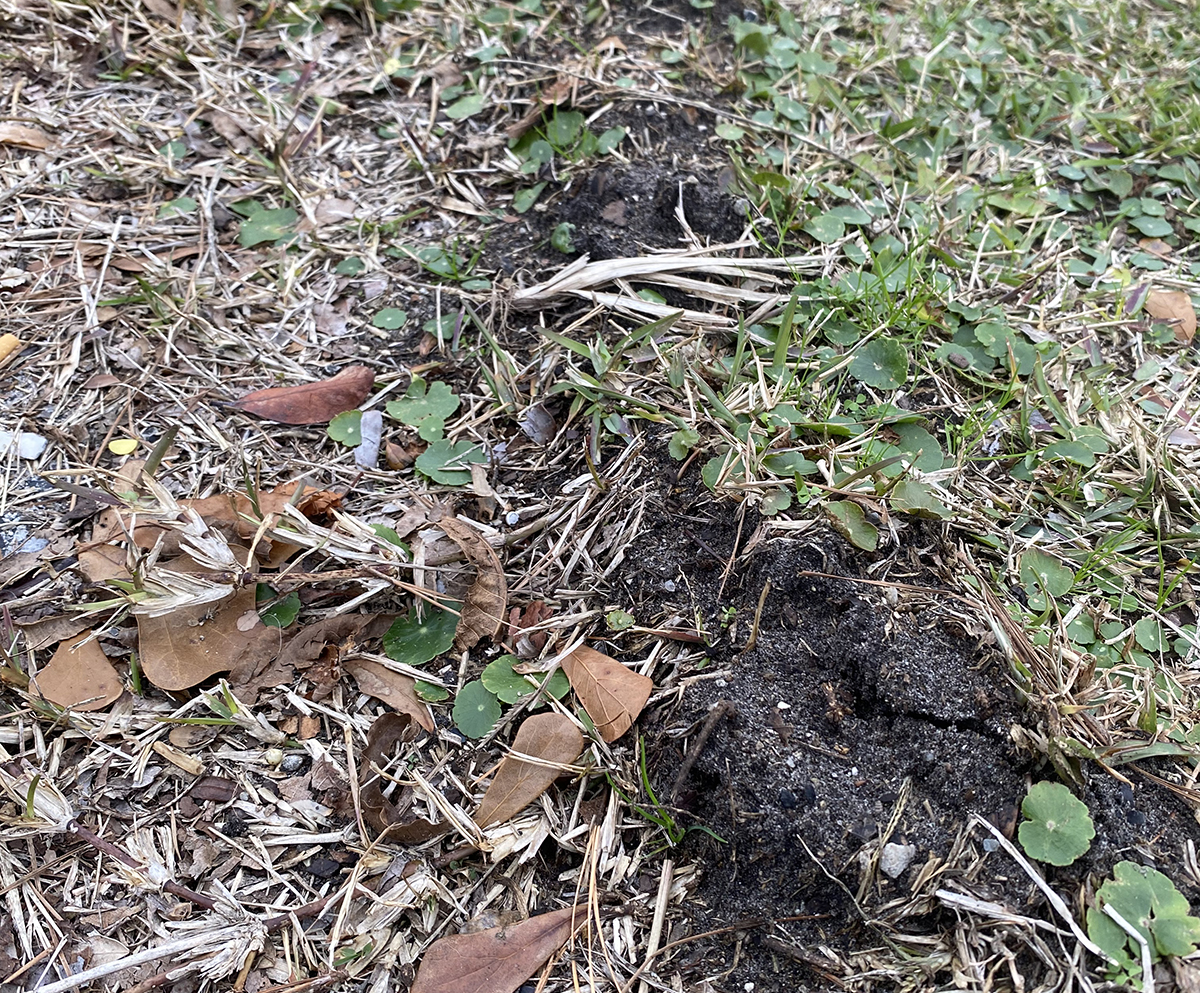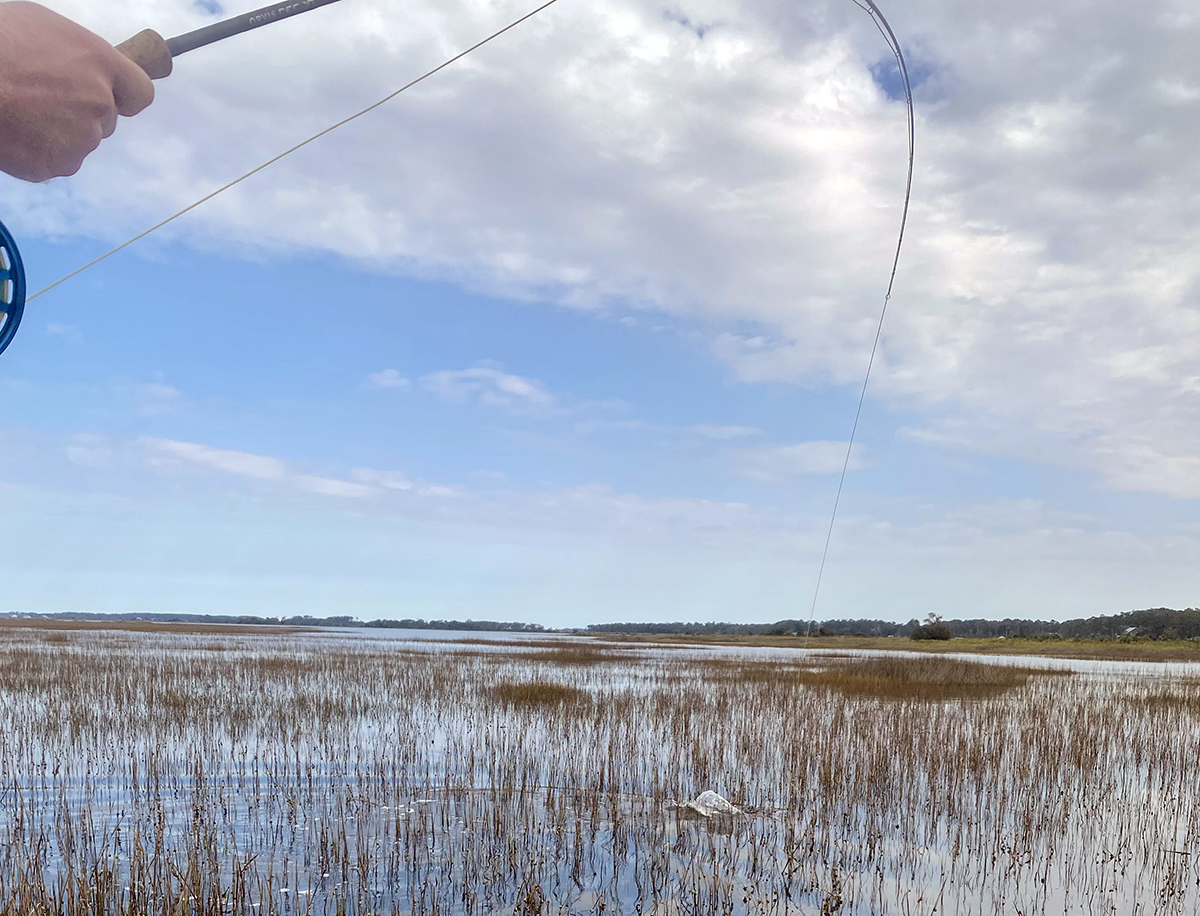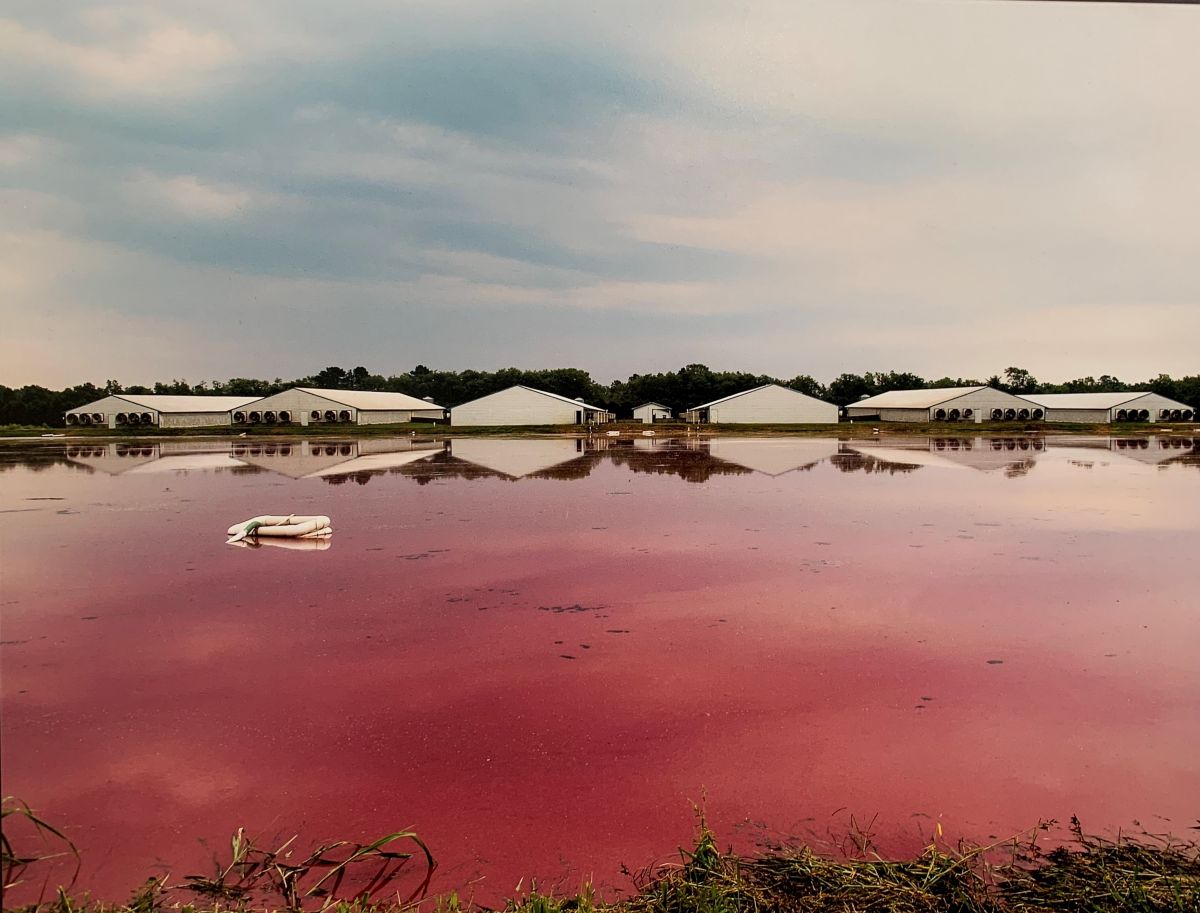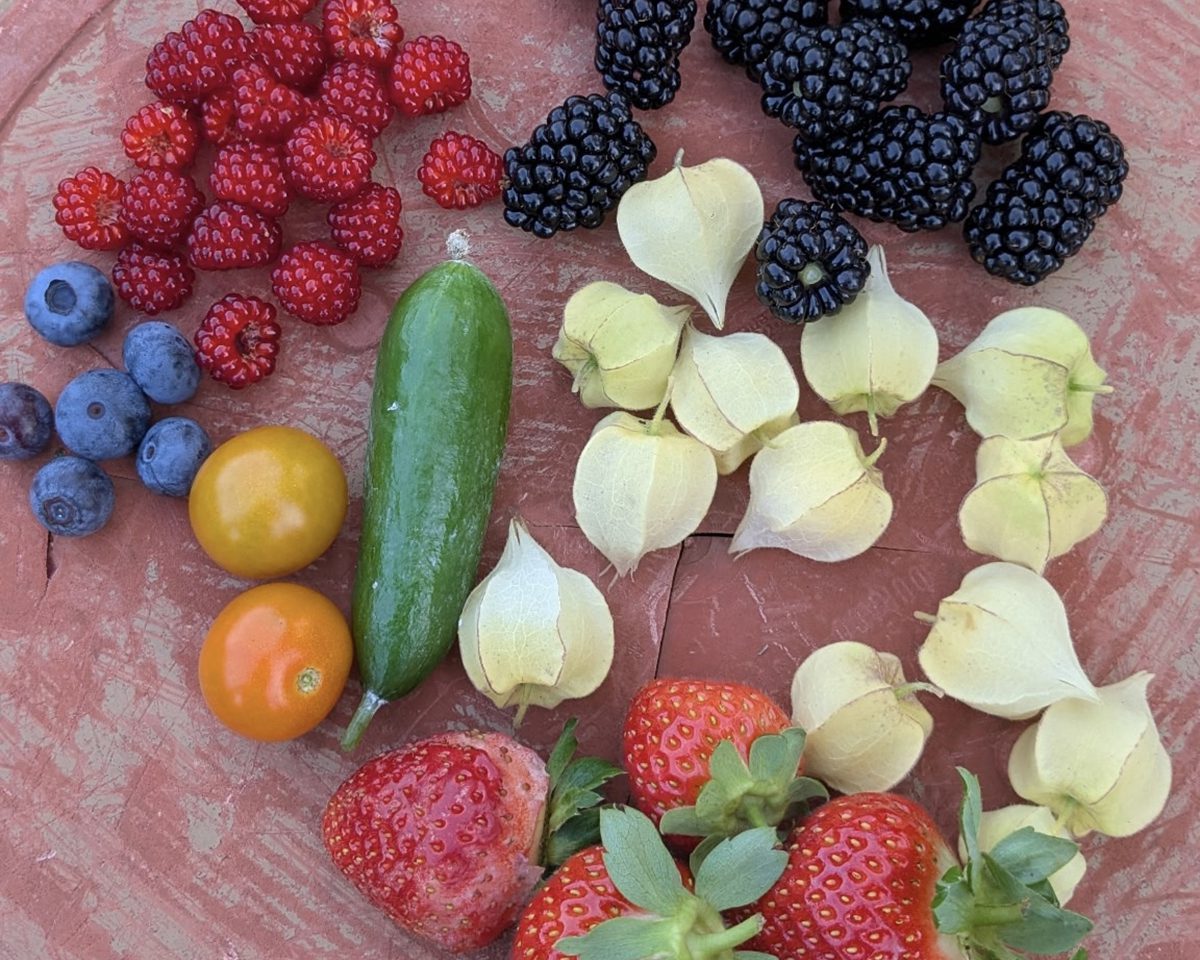
In previous columns we’ve touched on seeds, soil, plants, insects, temperature, phases of the moon, fertilizer and pH. All of that is well and good, but once you’ve planted your garden, and fertilized, and watered, and protected it from pests to the best of your ability, how do you know when it’s ready to harvest?
Some things are obvious. Tomatoes turn red, zucchini grows into a brickbat overnight, cucumbers tantalize with the perfect length. Peas and beans fill out their pods, yellow squash flashes its bright gold amongst green leaves.
Supporter Spotlight
Sometimes you can keep track of when you planted and judge your harvest time by counting the days. If you know that said vegetable needs around 120 days to mature, then you can somewhat base your harvest time on that. Of course, days to maturity also depends on temperature and rainfall.
A lot of harvesting is personal preference, such as picking something at the size you like best. Some of it is necessary before the produce becomes too large or too old, or before the insects devour it. Sometimes not-quite-ripe produce needs to be gathered before the birds and squirrels decide to feast, the way you pick not quite red enough tomatoes and let them finish ripening on the windowsill.
But how do you tell when something is ripe when you can’t see the vegetable — a crop like … potatoes, for instance? Nothing wrong with grabbling out a few little red taters now and then to mix in a pot of new peas or fresh green beans long before you dig the entire harvest.
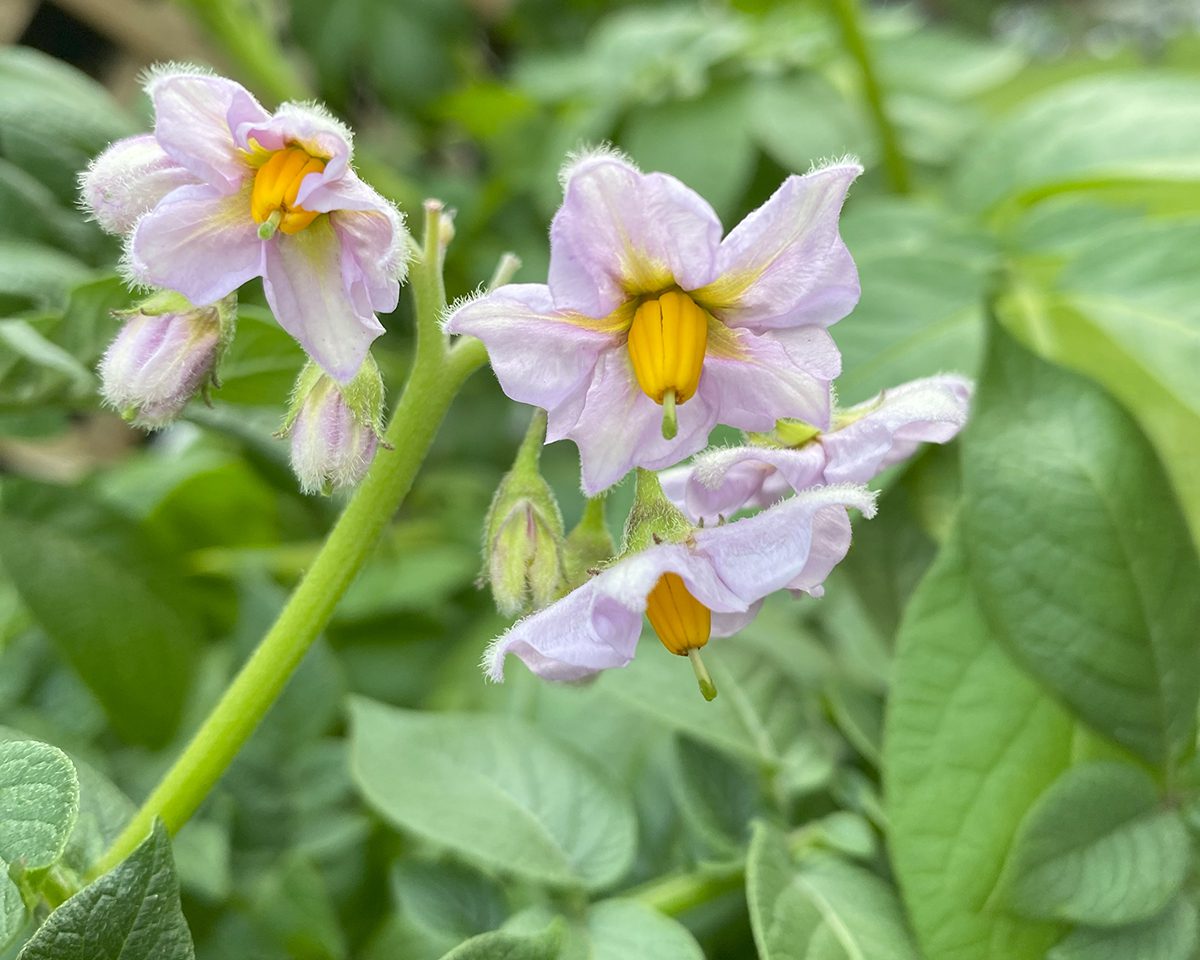
Keeping an eye on the potato plants themselves is your best indicator. First off, they will bloom. Anywhere from a week to a couple weeks later, weather dependent, the plants will begin to yellow and start dying. Potatoes don’t like heat, so the sooner summer arrives, the faster the plants will fizzle.
Once the plants begin yellowing, try to pick a dry time to dig your potatoes. The yellowing plants will absorb less water, so if we have a lot of rain, more water will remain in the potatoes. The dryer it is when you dig, the longer the potatoes will last once they’re dug.
Supporter Spotlight
Or what about corn? The ears are wrapped all snug in their husks like a bug in a rug. Corn only has a few days between the not-filled-out-all-the-way stage and the oops-the-sugar-has-turned-to-starch stage and you might as well feed it to the chickens and hogs.
Again, the hotter the weather, the faster the corn will turn.
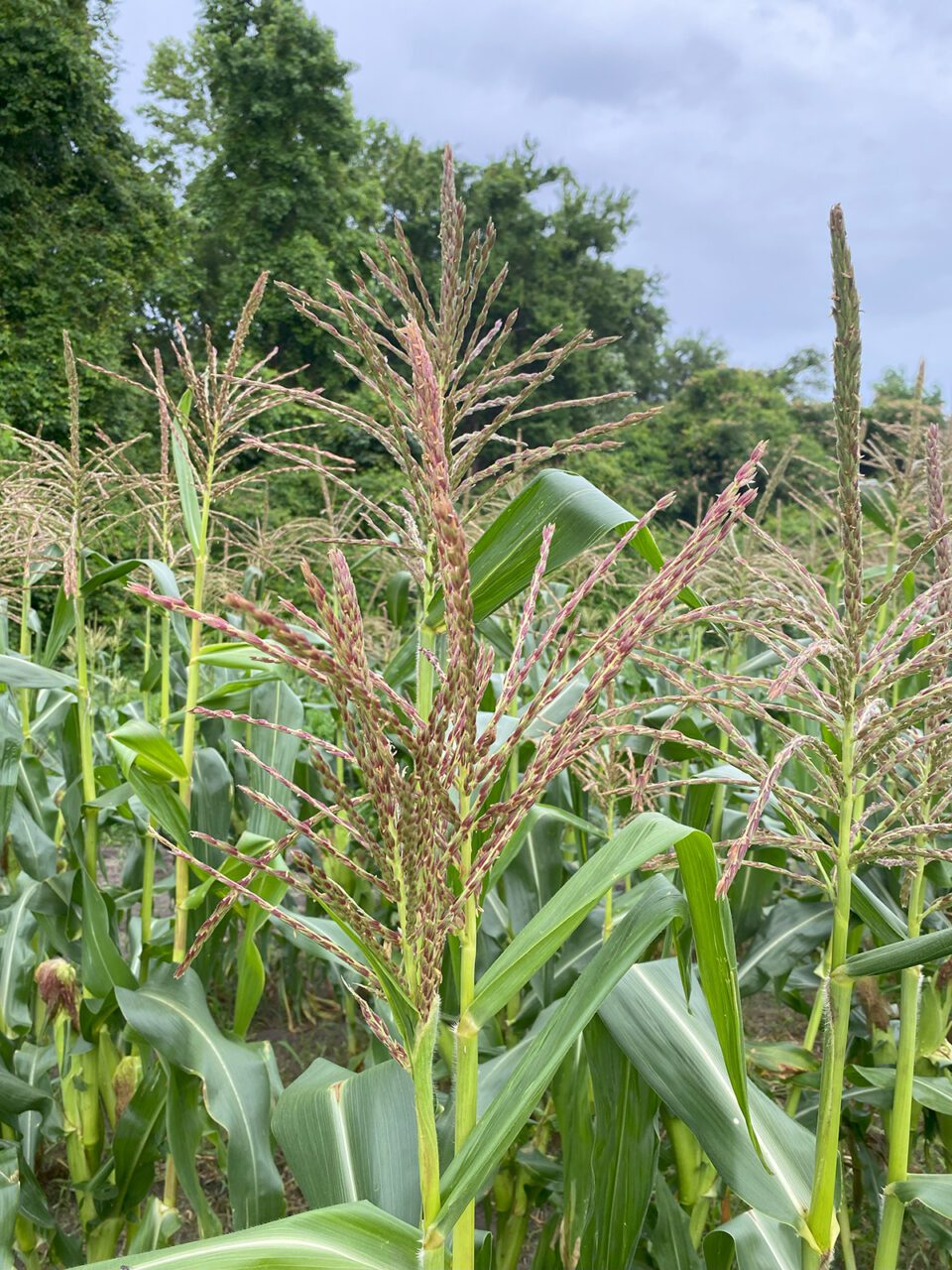
So, how can you tell without wasting innumerable ears by peeling back the shucks?
With corn, the color of the silk is one of the best indicators. The silk, looking like Rapunzel’s hair trailing down the tower wall, comes on golden white. By the time the corn is ready, the silk will become brown and brittle, and some of it may have fallen off. The tassels, like feathery looking topknots growing on top of the stalks, should have changed from green to straw colored.
The ear should feel solid and filled out. Peeling back the shucks a bit and pricking a kernel with a fingernail should produce a milky juice, or sap. If the juice is still clear, the corn is not quite ready.
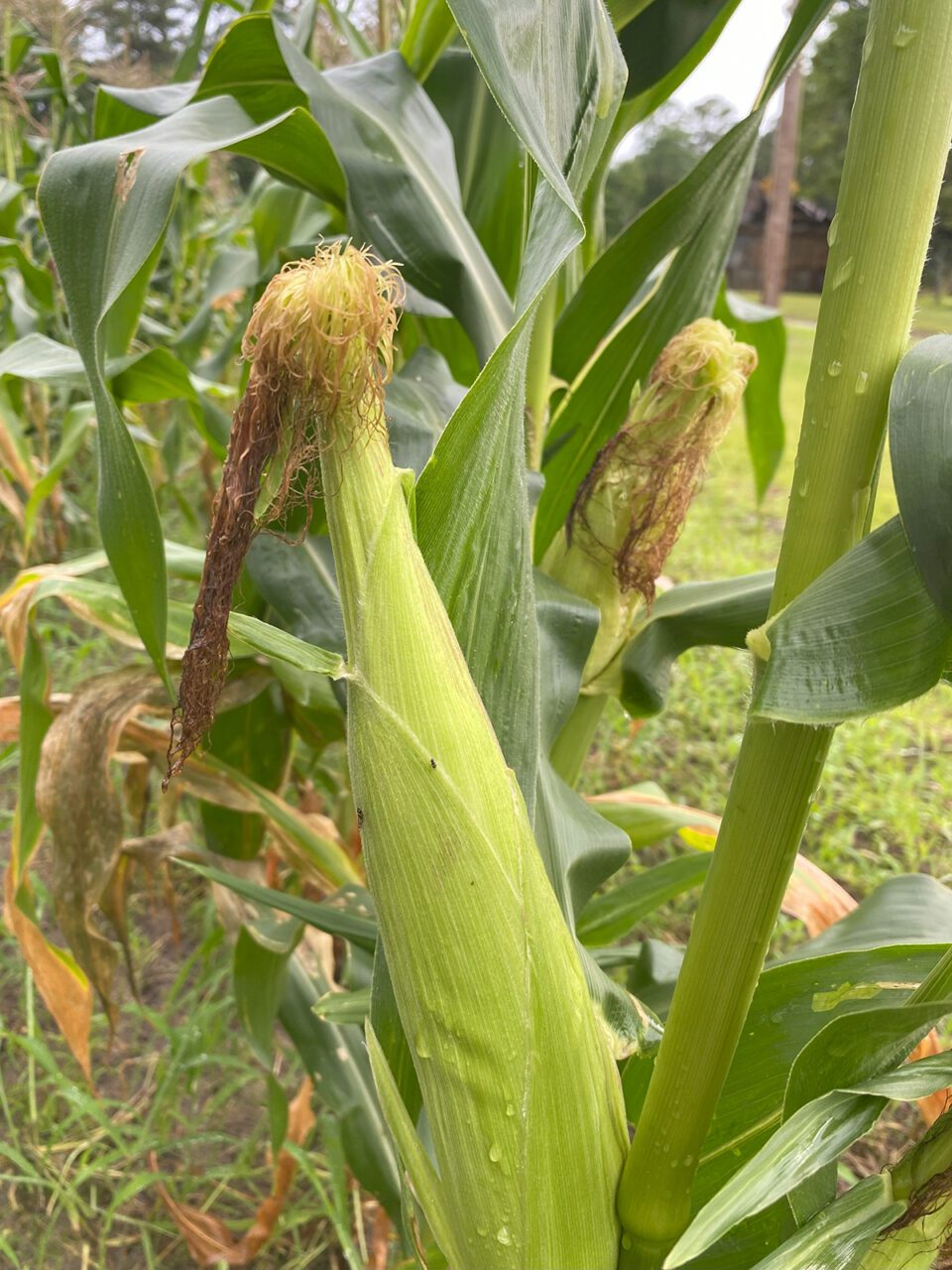
What about cantaloupes? Or watermelons?
With cantaloupes, the netting should be tan instead of green and you should be able to smell cantaloupe aroma, enough to make you lick your lips in anticipation. Usually if you check them and decide to wait one more day, the turtles and fire ants will beat you to it, because if you can smell the delicious scent of cantaloupe, hungry critters can smell it a hundred times better. The turtles will gnaw a hole in the backside and scoop it out better than a melon baller. Fire ants love to drill a hole and infest the whole thing.
Also, cantaloupes are like Snickers bars for coyotes. They don’t bother picking individual melons, they just use the vine to drag the whole plant with its attendant delicacies away.
Watermelons are a bit trickier. With homegrown, day count is pretty much essential. With store-bought, who knows when they were planted. Thumping, while advocated by many people, isn’t always a foolproof way to judge ripeness.
A much better way is to look at the field spot, or the place where the watermelon rested on the ground while it was growing. The field spot should be yellowish or creamy tan in color.
The stem should be brownish, and the pigtail, the little curly tendril that runs out to the side from the main stem, should be brown.
While we can’t call yellow sweet onions Vidalias anymore, because the only onions that can legally be called Vidalias are the ones grown in Vidalia, Georgia, we can still grow them. We just have to call them yellow granex. You’ll know they’re ready to harvest when the tops start browning on the tip ends. You should be able to see the onion bulbs anyway, because sweet onions won’t make a big bulb unless they’re at least half out of the ground.
Have you ever seen the gorgeous onions grown in Beaufort and Hyde counties? Mattamuskeet sweet onions are a type of sweet Spanish onion. They thrive in the black soil around Lake Mattamuskeet and are usually available around the middle of June.
Every time I read an article about Mattamuskeet onions, it makes me think about a book called “Holes,” a young adult novel written by Louis Sachar. Onions figure prominently in the story, as well as a dried-up lakebed and a lost treasure. If you haven’t read it, give it a try.
It often seems like things take forever to ripen, and then all of sudden, they’re all coming off at the same time.
While it’s hard to wait until crops are ripe, and disappointing when we miss the window, the waiting is well worth it. Nothing tastes like fresh fruits and veggies when ripened to perfection!
Coastal Review will not publish Friday in observance of Independence Day.



